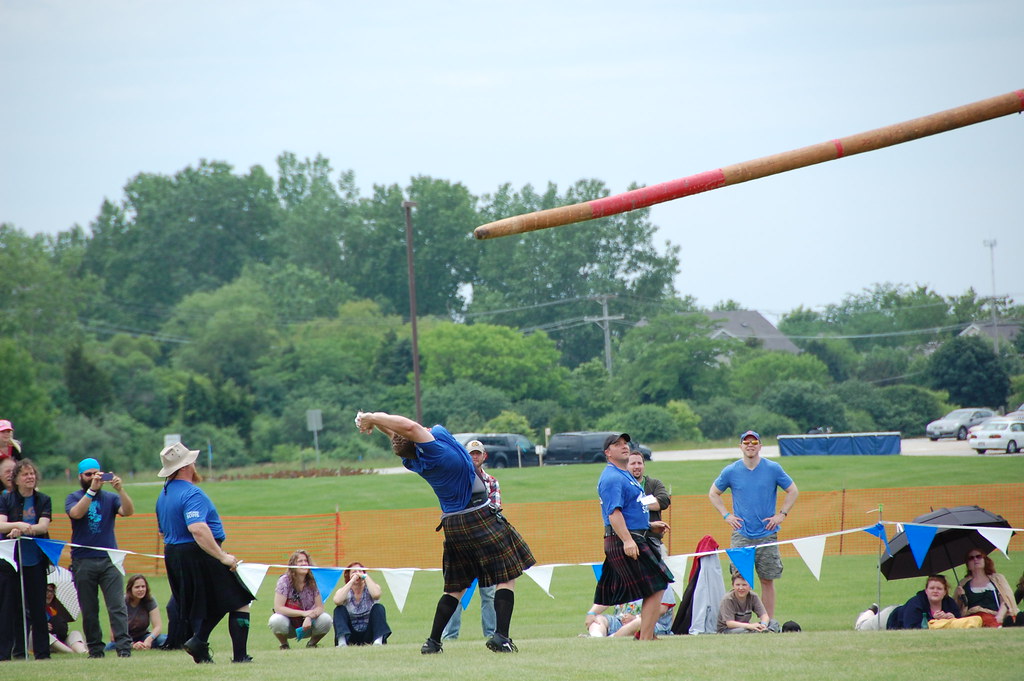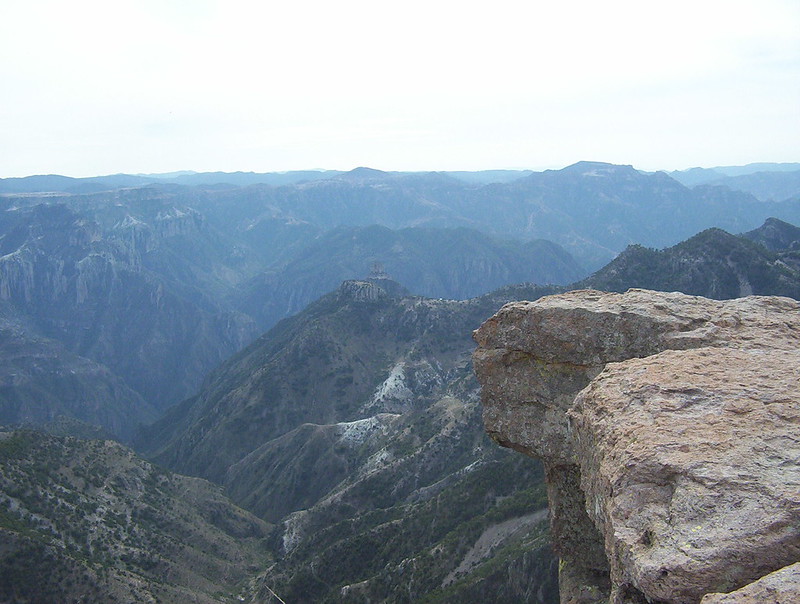Caber tossing is prominently featured at the Scottish Highland Games, where strength, technique, and precision come together to showcase athletic skill. The caber, typically made from larch, measures between 16 to 20 feet tall and weighs between 90 to 150 pounds, requiring significant physical strength and mental focus from the thrower.
The person tossing the caber is known as a “tosser” or “thrower.” The main goal is to flip the caber end over end so that it lands in a straight line from the thrower’s position. Achieving this requires a unique blend of skill, timing, and balance, as the thrower must control the caber’s trajectory for a successful toss.
Origins of Caber Toss
The caber toss has deep roots in Scottish culture, with its origins surrounded by various theories. The first documented occurrence dates back to 1574, but speculation about earlier forms lingers. Examining these theories sheds light on the evolution of the caber toss as a test of strength and precision over the years.
Theories of the Origin
The origins of the caber toss, a beloved Scottish tradition, are steeped in various theories that reflect the rugged landscape and vibrant culture of Scotland.
- Lumberjack Origins: One idea is that Scottish lumberjacks, navigating rivers and chasms, would throw shaved logs, transforming a practical task into a competitive activity.
- Military Roots: Another theory suggests soldiers used wooden poles to cross moats during castle sieges, although this notion is challenged by the fact that moats were less prominent by the 16th century.
- Bets after Whiskey: Some historians believe the caber toss arose from friendly wagers made after nights of drinking, showcasing the Scottish love for revelry and competition.
- Strength Display: Ultimately, the caber toss likely developed as a way for men to showcase their strength, rather than fulfilling a specific practical function.
While none of these theories are definitively proven, they each shed light on the spirited origins of the caber toss, celebrating Scottish heritage and the resilient human spirit.

Modern Caber Toss
The modern caber toss follows standardized rules to ensure fair competition and consistency. Athletes utilize refined techniques, concentrating on timing and pull to successfully flip the caber end over end. Scoring relies on the accuracy of the toss, with a focus on the caber’s alignment upon landing, showcasing the skill and precision of the competitor.
Rules and Techniques
The caber toss involves intricate rules and techniques that athletes must master for success. Understanding these subtleties enhances appreciation for the skill and effort involved.
The primary goal is to flip the caber end over end so it lands in a straight line, with the smaller end pointing away from the thrower. Key techniques include:
- Picking Up the Caber: The athlete squats to lift the caber, which requires significant strength due to its length and weight.
- Balancing the Caber: After lifting, the athlete must balance the caber vertically in their hands, an essential yet often challenging aspect of the toss.
- Gaining Momentum: Athletes typically take a few steps to build momentum before the toss, fundamental for a successful throw.
- Executing the Toss: The final technique involves using both legs and arms to propel the caber into the air, aiming for it to flip and land correctly in the 12 o’clock position.
Mastering these techniques is vital for any caber toss competitor aspiring for greatness in this storied event.
Timing and Pull
Achieving ideal timing and pull is essential in the modern caber toss, as both elements significantly influence the success of the throw. Timing relies on several factors, especially the length of the caber. Professionals recommend that athletes begin the pull as soon as the caber leaves the shoulder; if it reaches eye level, it may already be too late. Generally, starting too early tends to yield better results than waiting too long. As the caber departs from the shoulder, propelling the shoulder forward enhances the caber’s rotation and allows for a quicker descent.
Pull involves lifting the caber upward rather than drawing it towards the body. A common mistake is to stop the upward motion too soon, typically at chest height. To maximize effectiveness, maintain a strong and continuous upward motion without pausing. Additionally, engaging the legs can enhance performance; a small hop during the toss increases the likelihood of a successful throw. Mastering these elements of timing and pull can significantly enhance one’s prowess in the caber toss, embodying the spirit of freedom and strength inherent in this traditional sport.
Scoring
Success in the caber toss hinges on mastering timing and pull, as well as grasping the scoring system that evaluates each throw. The scoring emphasizes both technique and precision.
Caber toss scoring is determined by the following criteria:
- End-Over-End Toss: The ideal throw rotates end-over-end and scores highest when it lands at the 12:00 position, directly away from the thrower.
- Vertical Landing: If the caber lands on its end but falls back toward the thrower, the score is lower, rated based on the maximum vertical angle achieved during the throw.
- Clock Face Scoring: Throws that achieve a vertical position but fall to the side are scored according to a clock face, with lower scores assigned to 9 or 3 positions.
- Side-Judging: In ambiguous cases, a second judge may be consulted for side-judging to ensure fair scoring.
Understanding these elements allows competitors to refine their technique, striving for mastery in this ancient sport.
Caber Tossing Events
Caber tossing events, a hallmark of the Highland Games, showcase the strength and skill of athletes as they lift and flip a large wooden log, or caber. Originating in the Scottish Highlands, these competitions celebrate athletic prowess and embody a spirit of freedom and tradition that resonates with participants and spectators alike.
Competitions are often organized by local Caledonian societies, fostering community spirit and heritage. The thrill of caber tossing captivates audiences as athletes strive for mastery over this iconic feat of strength, embodying the essence of freedom found in athletic competition and cultural expression, and inspiring future generations to engage with this time-honored tradition.
Famous Caber Tossing Sportmen
Numerous athletes have made significant contributions to caber tossing, showcasing exceptional skill and strength. Among them, several stand out for their remarkable achievements:
- Danny Frame: In 2018, he set a world record by flipping an 88-pound, 16-foot caber 16 times in just three minutes, thanks to his team’s support and relentless training.
- Kevin Fast: A former world champion, Fast tossed the caber 14 times in 2013, holding this impressive record for five years, exemplifying dedication in this demanding sport.
- Jason Baines: Displaying extraordinary stamina, Baines managed to toss the caber 161 times in one hour, surpassing his initial goal of 132, reflecting his commitment to health and fitness.
- Jamie Peppard and Dirk Bishop: Both athletes have consistently contributed to the sport’s growth and popularity, inspiring future generations of caber tossers.
These sportsmen not only demonstrate the physical prowess required for caber tossing but also embody a spirit of determination and camaraderie that resonates with enthusiasts worldwide.

